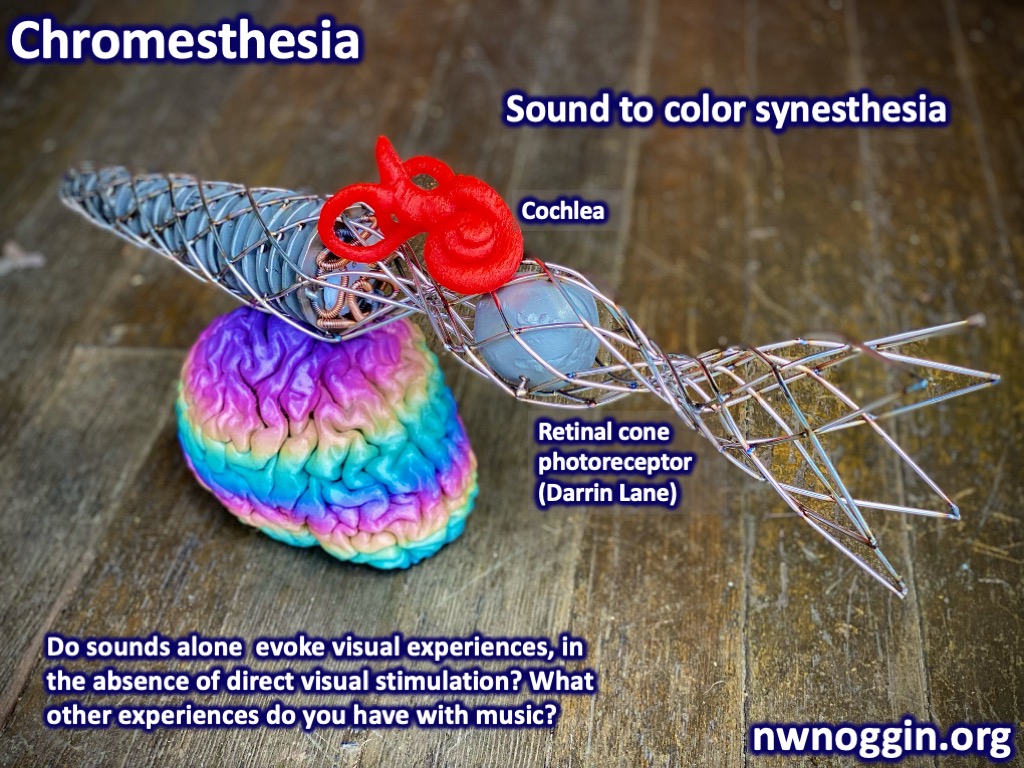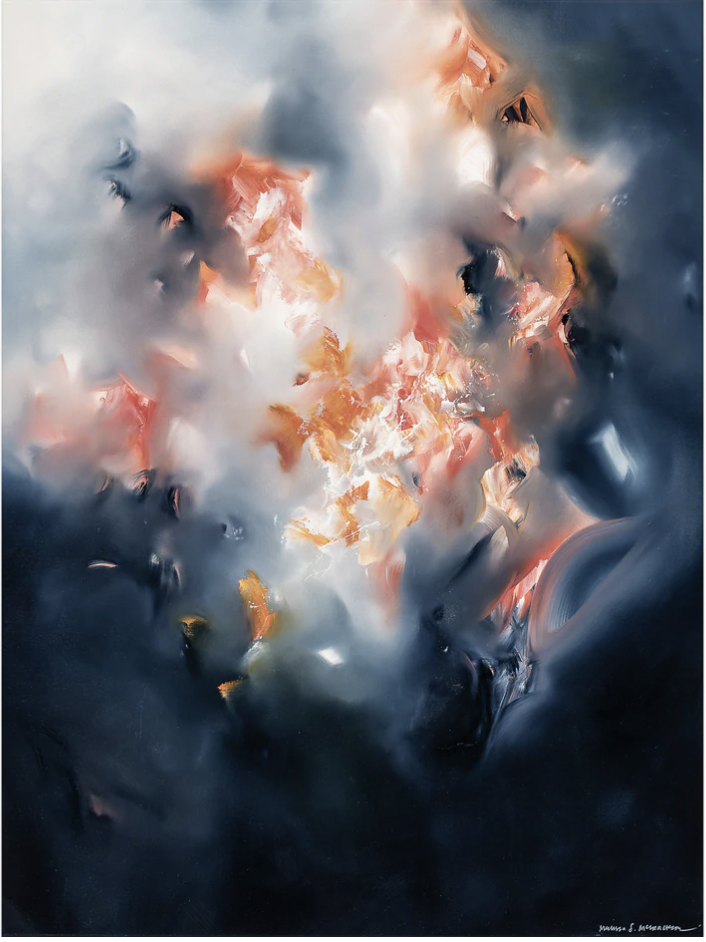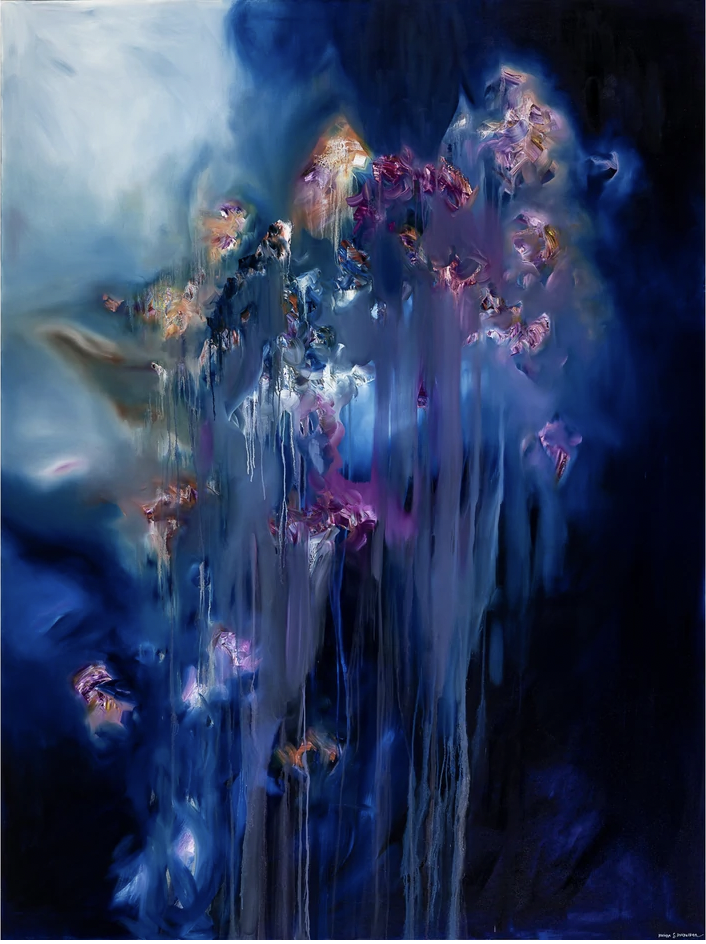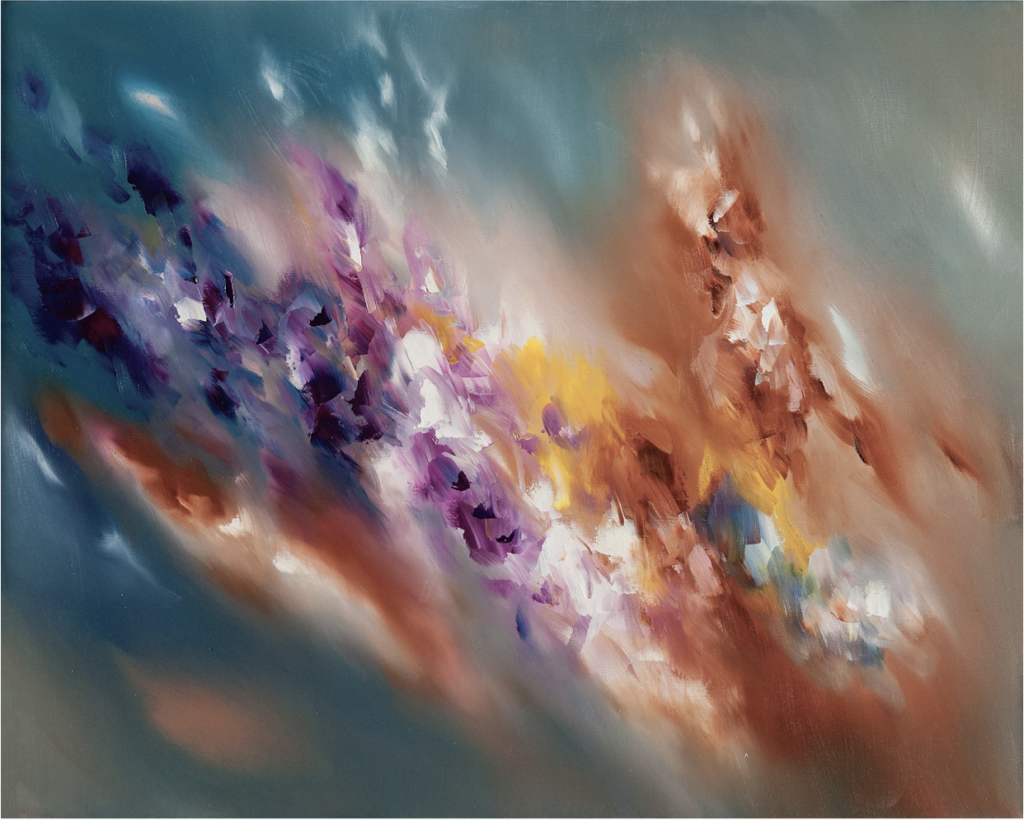Post by Allonté Barakat, Portland State University undergraduate, interdisciplinary neuroscience aficionado, software engineer, semi-professional voice actor, and aspiring cognitive scientist.

My name is Allonté Barakat and in this 8.5min podcastlet entitled, Across the Cleft, I explore the fascinating world of qualia, art, and synesthesia. I created this piece for an assignment in Advanced Neurophysiological Psychology (PSY 452), a course I’m taking as an undergraduate at PSU.

I believe to some degree that we are all synesthetic; that the beauty in the world around us, the color, the sounds, the feelings are a multi-experiential intrinsic good. I hope that you can hear the colors and see the sounds in this episode entitled, “The Qualia in Chromesthesia.”
Imagine
If you are interested in more projects I do, such as other podcasts and charity streams, please check out @ThatBearKat.
ABOUT ACROSS THE CLEFT
Across the Cleft is an attempt at science outreach by blending story-telling, music, and research together. Thank you for taking a listen.
ART
“Painters commonly demonstrate unique skills in the observation of visual phenomena, in which depiction offers an invaluable source of information for neuroscientists investigating visual function in health and disease. Regarding our understanding of synesthesia, painters’ contribution is particularly precious. Among this population, the prevalence of synesthesia was found higher than in general population; in addition, their percepts are frequently represented in their artworks…”
LEARN MORE: Color synesthesia. Insight into perception, emotion, and consciousness


Melissa McCracken. The In-Between.


Melissa McCracken. The Color In Anything.
* Melissa McCracken is an artist with synesthesia.
Check out her work and buy her prints at https://www.melissasmccracken.com/
MUSIC
Bach Cello Suite No. 1, G Major, Prelude.
Solo Cello Passion.
24 Preludes, Op. 11: I. Vivace in C major.
WORKS REFERENCED
Curwen, C. (2018). Music-colour synaesthesia: Concept, context and qualia. Consciousness and Cognition, 61, 94–106. doi.org/10.1016/j.concog.2018.04.005
Cytowic, R. E. (2009). Wednesday is indigo blue discovering the brain of synesthesia. MIT Press.
Cytowic, R. E. (2018). Synesthesia. The MIT Press.
Galeyev, B. M., & Vanechkina, I. L. (2001). Was Scriabin a Synesthete? Leonardo, 34(4), 357–361. doi.org/10.1162/00240940152549357
Jackson, F. (1982). Epiphenomenal Qualia. The Philosophical Quarterly, 32(127), 127. doi.org/10.2307/2960077
Specht, K. (2012). Synaesthesia: Cross activations, high interconnectivity, and a parietal hub. Translational Neuroscience, 3(1). doi.org/10.2478/s13380-012-0007-z
Teichmann, L., Grootswagers, T., Moerel, D., Carlson, T. A., & Rich, A. N. (2021). Temporal dissociation of neural activity underlying synesthetic and perceptual colors. Proceedings of the National Academy of Sciences, 118(6), e2020434118. doi.org/10.1073/pnas.2020434118
van Leeuwen, T. M., Singer, W., & Nikolić, D. (2015). The Merit of Synesthesia for Consciousness Research. Frontiers in Psychology, 6. doi.org/10.3389/fpsyg.2015.01850
Ward, J., Huckstep, B., & Tsakanikos, E. (2006). Sound-Colour Synaesthesia: To What Extent Does it Use Cross-Modal Mechanisms Common to us All? Cortex, 42(2), 264–280. doi.org/10.1016/S0010-9452(08)70352-6


